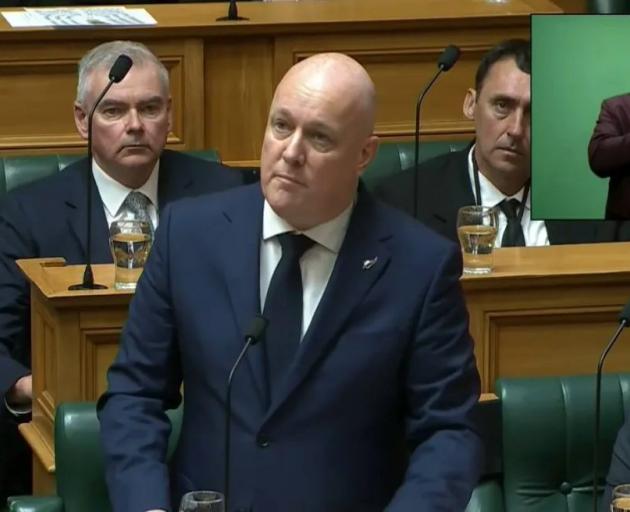
How do you adequately address decades of appalling abuse by many institutions in a way that is meaningful to those affected?
You can apologise until you are blue in the face but that cannot repair the damage done.
That was acknowledged by Prime Minister Christopher Luxon when he delivered the Crown apology to abuse survivors in Parliament last November.
Mr Luxon recognised financial redress was important to many survivors, although no amount of money would ever make up for what they endured.
He accepted then that many survivors did not want to engage with the redress system as it existed.
He assured survivors "it is our intention to have a new single redress system operating next year".
Friday’s announcement, therefore, which explained the government will not set up a new system, was disappointing to many who saw it as a broken promise.
Mr Luxon said the government had looked at the pros and cons of a new system, but setting up something new would take time and cost a lot of money and "you’ve got to be able to guarantee that you can get a better result than what you’re doing right now".
It is hard to grasp that, when Mr Luxon made the apology, there was not some inkling of how much setting up a new independent system might cost, how long it might take and how to ensure it was better than the existing arrangement.

The government is emphasising what it is doing, allocating about $500,000,000 in this year’s Budget to top up and improve the existing system, will enable faster payout and increased payments. The half-billion-dollar spend is part of an overall package of $774 million, also designed to strengthen the care system to prevent, identify, and respond to abuse in the future.
It is estimated average redress payments for new claims will rise from $19,180 to $30,000 under the changes to the scheme.
There will be provision for higher payments for the survivors who experienced the most egregious abuse and top-up payments for survivors who have already settled to ensure consistency with increased payments for new claims.
Nobody knows how many people will come forward to make claims, but it is easy to understand why those who were abused by the state would be reluctant to engage with a system, no matter how improved, which still lacks independence from the state.
Some may feel it is just not worth it to get a few thousand dollars.
Lead co-ordinating minister for the government’s response to the abuse in care inquiry, Erica Stanford says there is not a cap on what any claimant might receive, although the scheme would not provide settlements in millions of dollars.
Research carried out for the abuse in care inquiry, based on 2019 figures, gave high level estimates of the average cost for an individual abused in care over a lifetime, putting it at $857,000. That was made up of about $184,000 in financial costs to the economy from increased spending on healthcare, state costs responding to negative outcomes from abused children, deadweight losses from collecting taxes to fund state services, and productivity losses. The remaining $673,000 reflected the pain and suffering and premature death of the survivor.
It remains to be seen if any survivors will get anything near that sort of amount.
Survivors who have spoken out after the announcement have been critical of the lack of independence in the redress plan and survivor voice in the decision-making.
There has also been concern redress decisions exclude claims sitting with school boards, faith-based organisations, or other non-state providers. The government will be receiving further advice on this later this year.
The government has some way to go to convince survivors it is on the right path before the National Remembrance Day, a year after the apology, on November 12.











